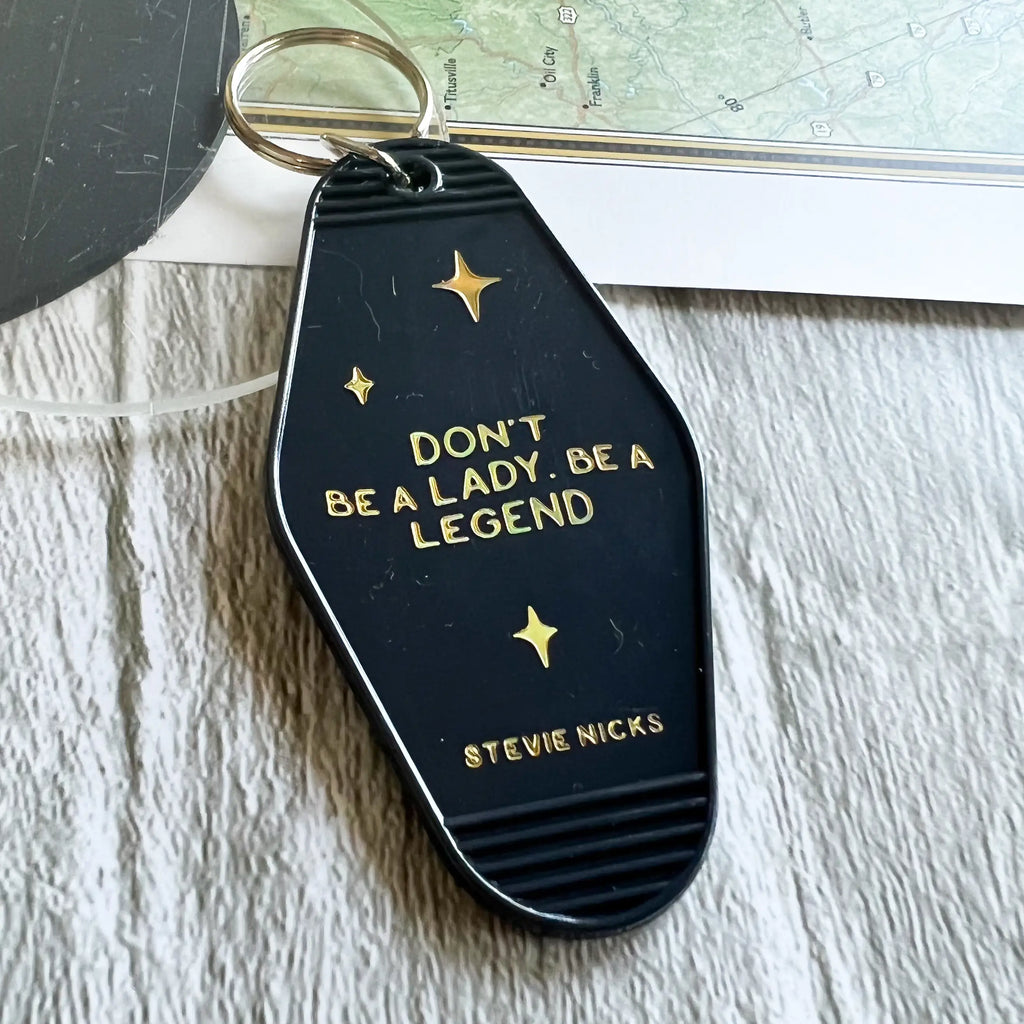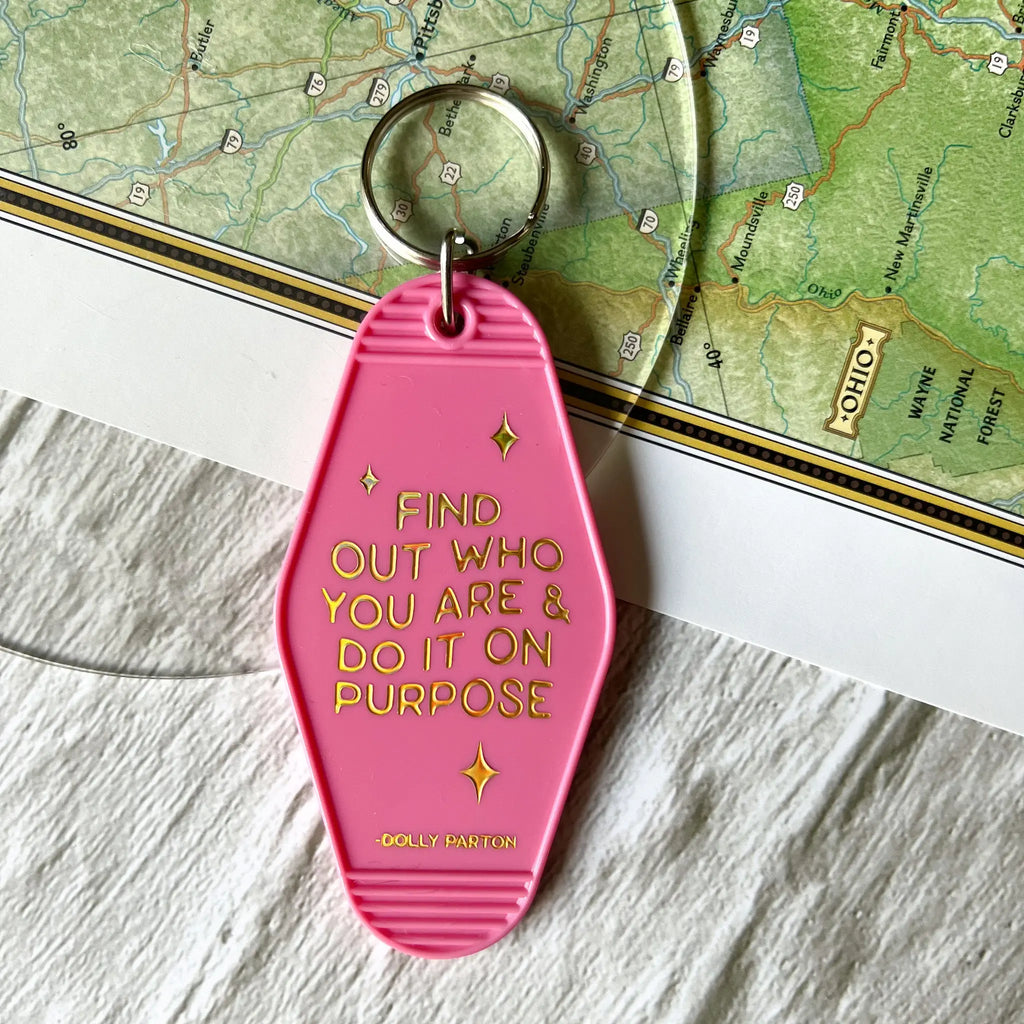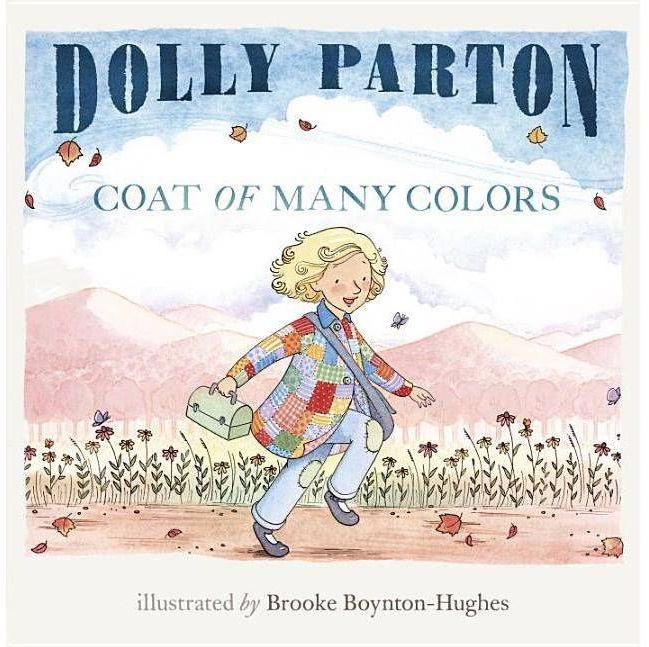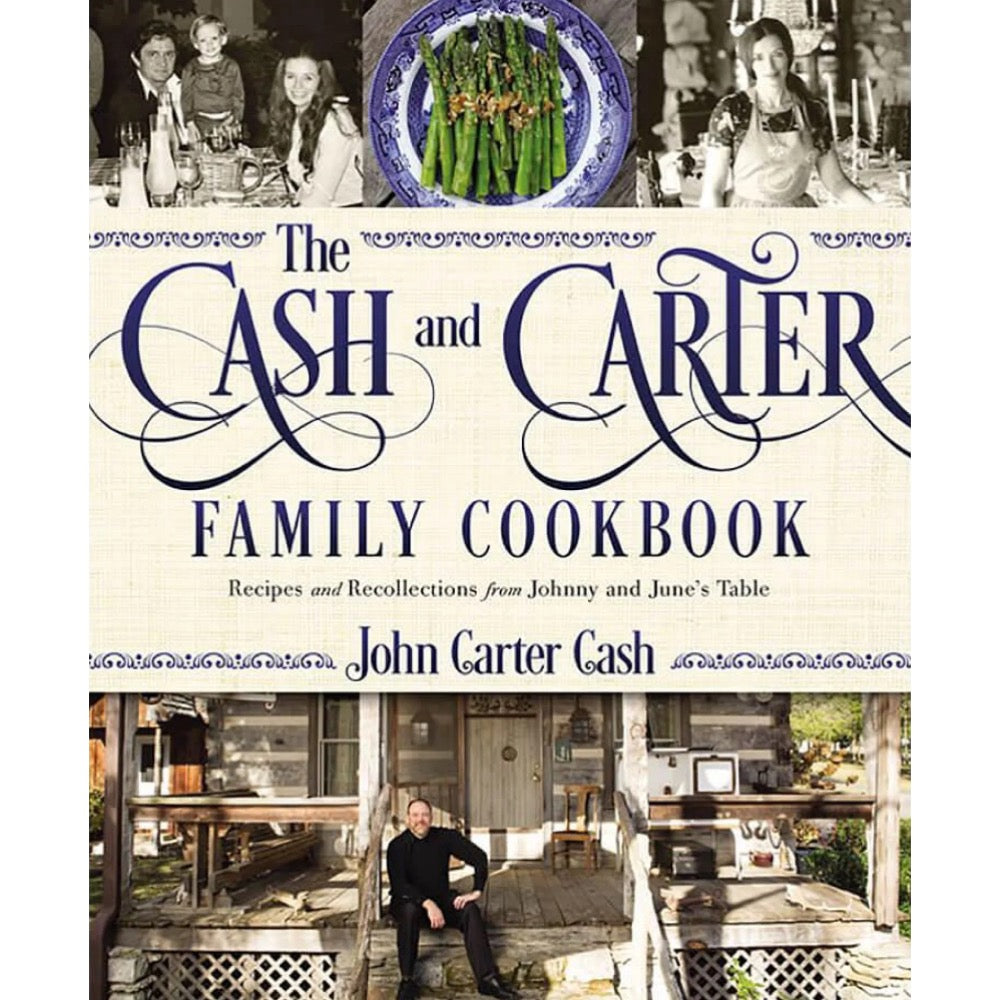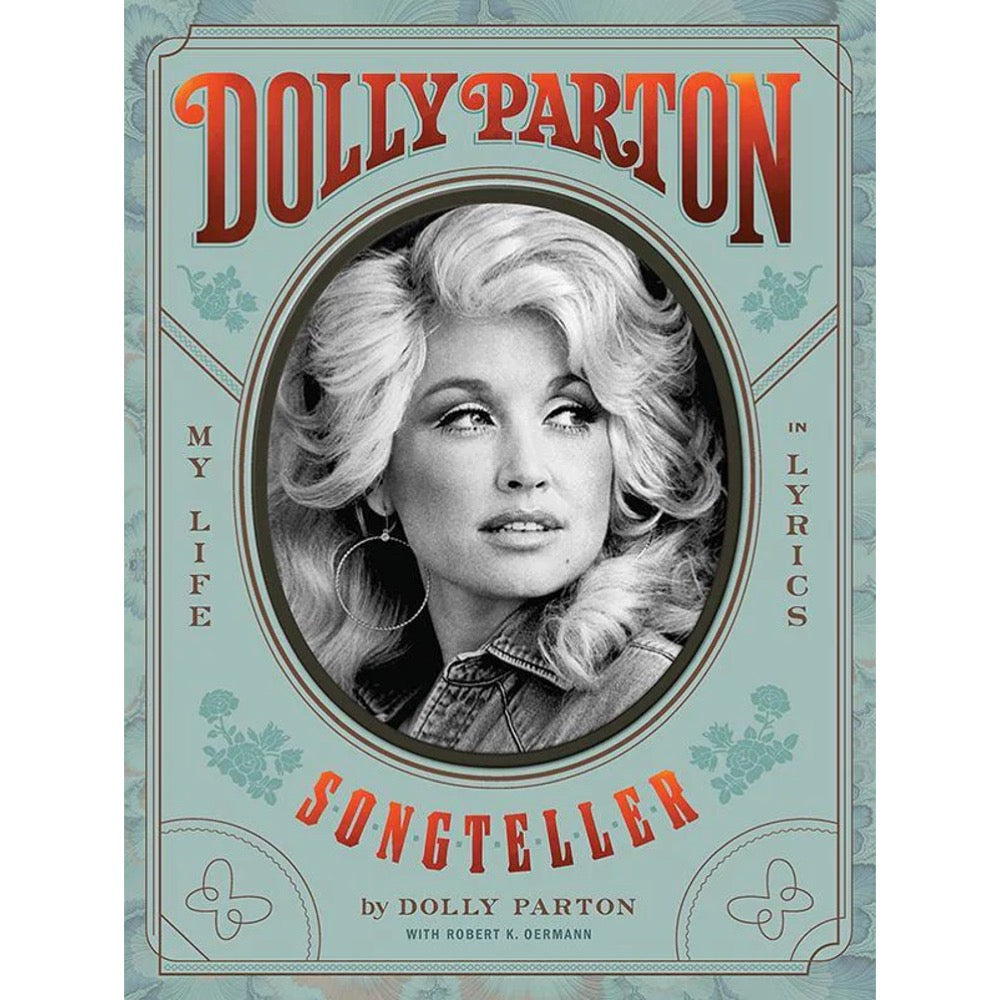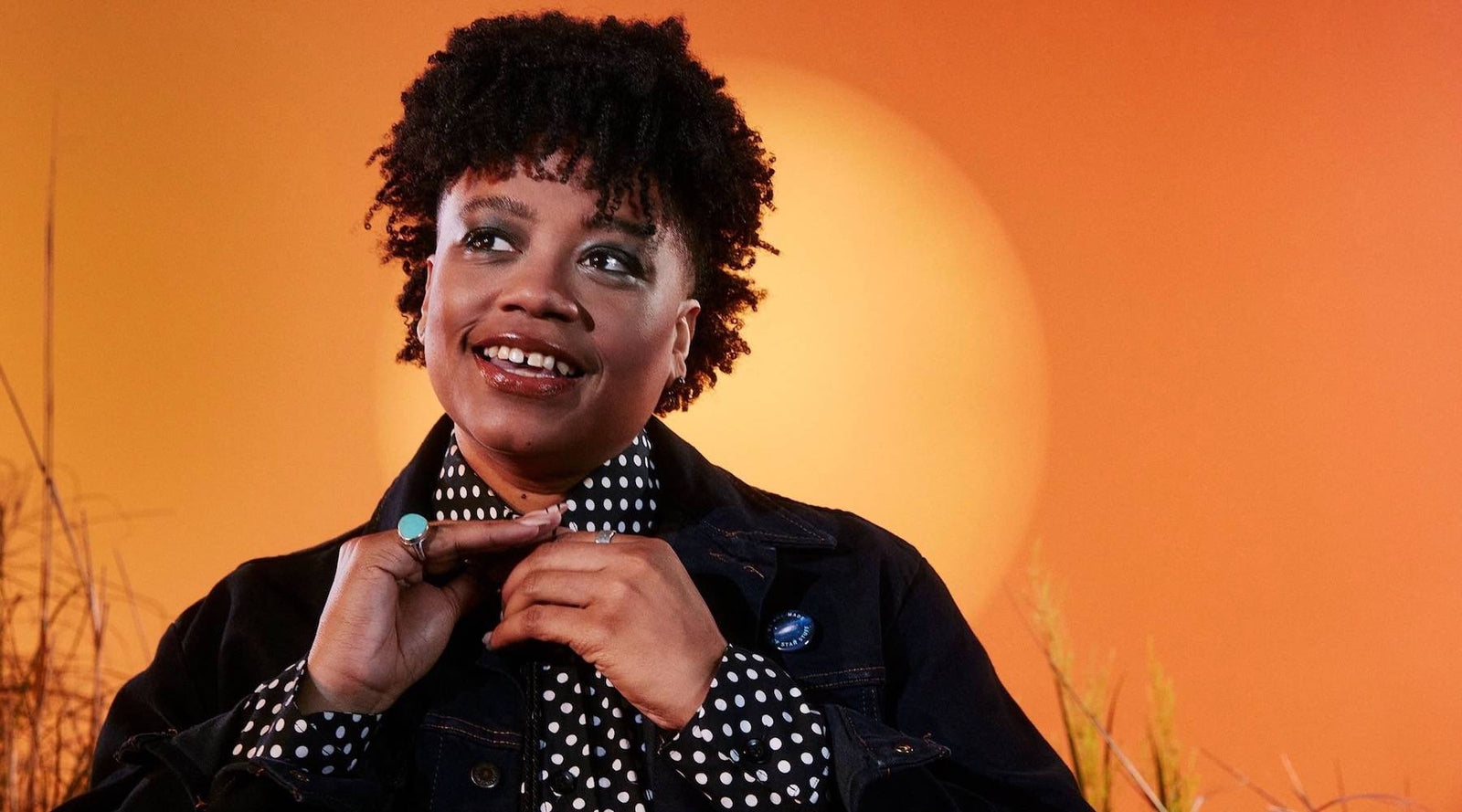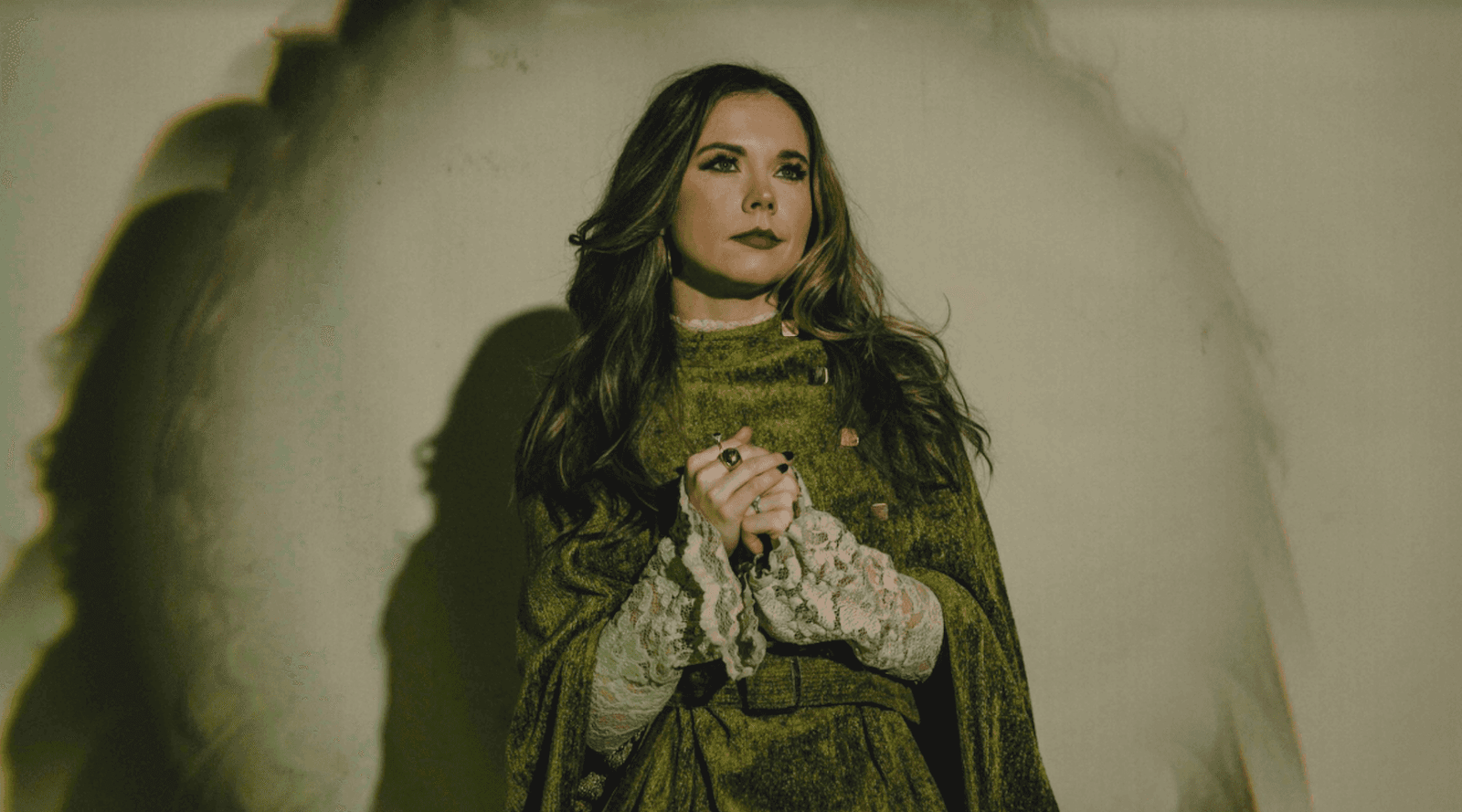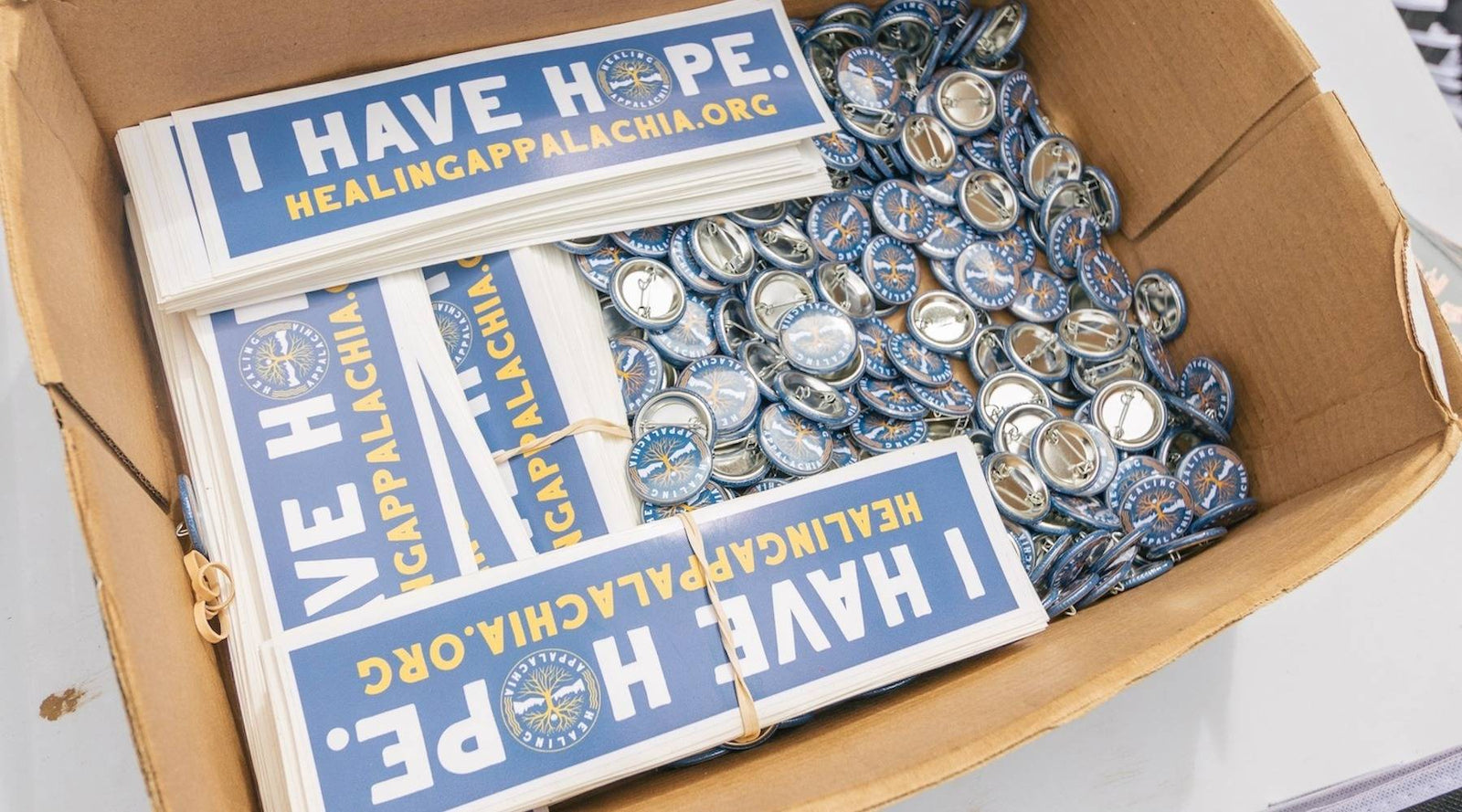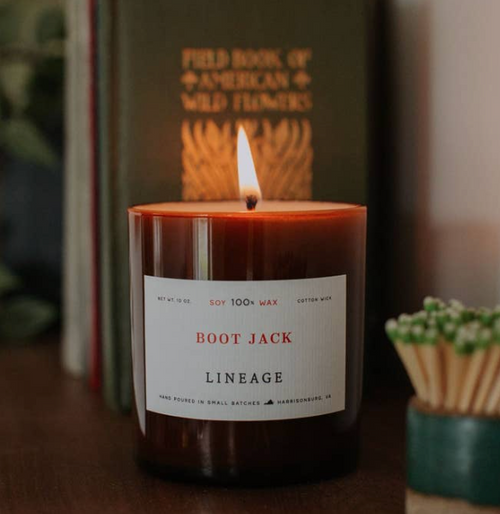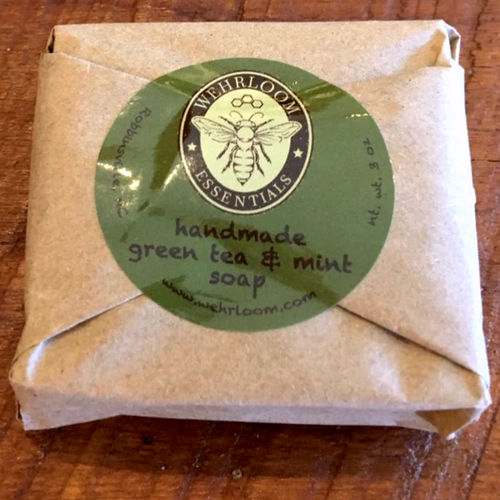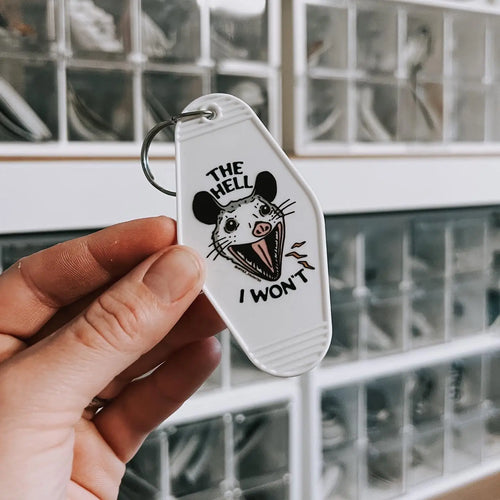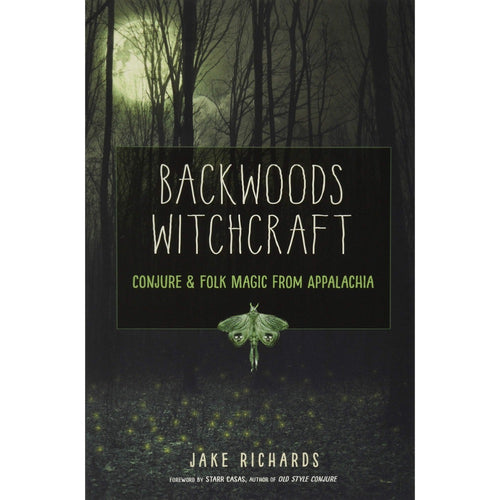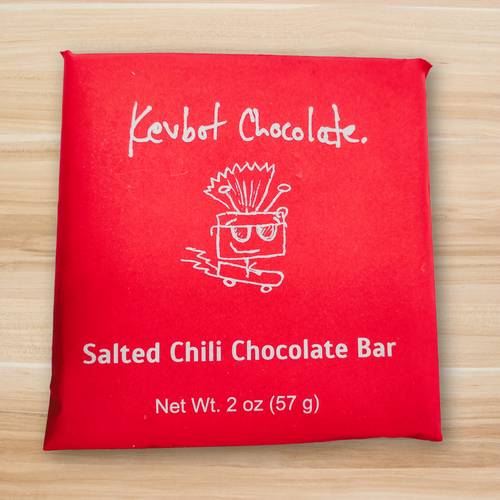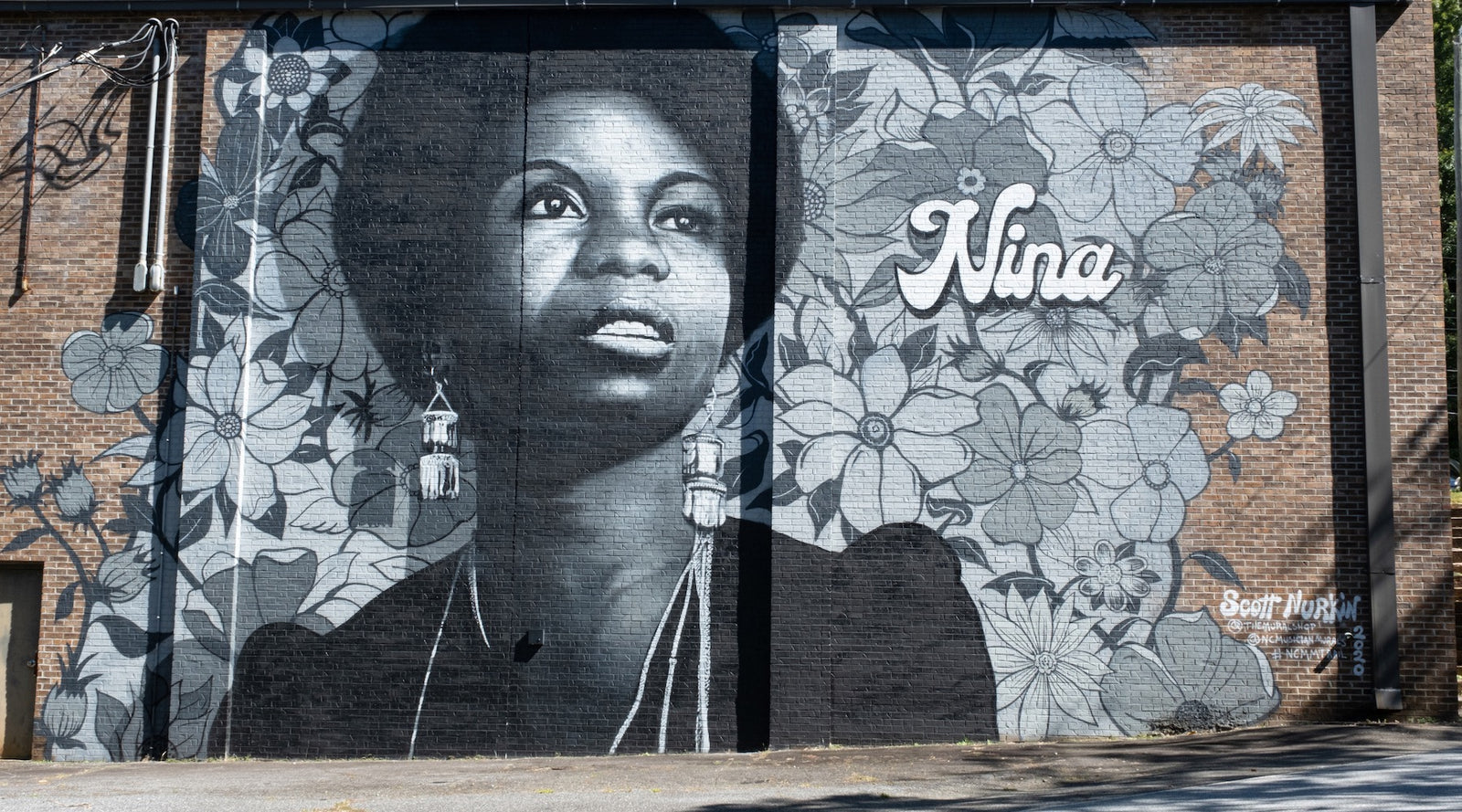
NINA SIMONE MURAL IN her hometown of TRYON, N.C. PAINTED BY Scott Nurkin. Photo by Carrie Hanrahan.
The goal was simple — write a song that "will make black children all over the world feel good about themselves, forever."
— Nina Simone
Born Eunice Kathleen Waymon on the eastern edge of Appalachia in Tryon, North Carolina, Nina began singing like so many other Black artists — in the church. In her case, that must have seemed inevitable. Her mother was a Methodist preacher and her father an entertainer. "Everything that happened to me as a child involved music. Everybody played music," Nina wrote in her 2003 autobiography, "There was never any formal training; we learned to play the same way we learned to walk, it was that natural."
For Nina, music truly was a second language. She served as her church's pianist by age six and, during a group performance at a local theater, caught the ear of a piano teacher named Muriel Mazzanovich, who was eager to teach the girl.
There was just one problem; Nina's family couldn't afford to pay for lessons. But Mazzanovich was so impressed with her talent she struck a deal with Nina's mother. In exchange for house cleaning services, Mazzanovich would train Nina on the piano.
By age 11, Nina was ready for her first true recital. It was staged at the local library in 1943 but nearly didn't happen. When white audience members arrived, Nina's parents were forced to give up their front-row seats. Outraged, Nina refused to play. Eventually two patrons moved, making room for her parents on the front row, and this girl, who would later woo the world, played her debut performance.
Buoyed by interest in her talent, Nina was determined to make her mark. But in an era when jazz and blues were wildly popular, her minister mother pushed her away from music she considered hedonistic. Nina set her sights on what would have been seen as a more erudite goal — to become the world's first black classical pianist.
Years later, she would famously weave interludes by J.S. Bach into the middle of her own songs and write, "When you play Bach's music, you have to understand that he's a mathematician and all the notes you play add up to something — they make sense. They always add up to climaxes, like ocean waves getting bigger and bigger until after a while when so many waves have gathered you have a great storm."
Nina was proving to be a great storm in her own right. Her talent won her a scholarship at an all-girls boarding school in nearby Asheville and later a spot in the summer program at the preeminent music training institute The Julliard School. While there, she applied to Philadelphia's Curtis Institute of Music, fully expecting another generous scholarship, but she was stunned when she wasn't even admitted.
MORE MUSIC LEGENDS
“I knew I was good enough, but they turned me down," she wrote, "And it took me about six months to realize it was because I was Black. I never really got over that jolt of racism at the time.”
Though Curtis Institute had admitted Black students before, it didn't amount to much for Nina. She was pushed to a different path — performing at what she described as "a seedy little bar" in Atlantic City. This is where she created her stage name, Nina Simone, to keep her mother from finding out she was playing jazz and blues.
But Nina couldn't hide her secret for long. Soon, she signed with Bethlehem Records and released an album, "Little Girl Blue," that included her rendition of "I Loves You, Porgy," from the musical "Porgy and Bess." The song became a top 20 hit in 1959.
To capitalize on her growing fame, Nina moved to New York City where she befriended Harlem Renaissance legends, including playwright Lorraine Hansberry, who created "A Raisin in the Sun." A few months before dying of cancer in 1965, Hansberry was addressing a group of students and said, "I wanted to be able to come here and speak with you on this occasion because you are young, gifted, and black."
Nina Simone never forgot those words. "I remember getting a feeling in my body, and I said, 'That's it: to be young, gifted and black. That's all.' And sat down at the piano and made up a tune. It just flowed out of me."
Nina partnered with Weldon Irvine, her band leader, on the song, providing him with simple directions — write lyrics that "will make black children all over the world feel good about themselves, forever."
He reportedly scribbled these now legendary lines on napkins and matchbook covers during a moment of inspiration in his car.
Nina's reputation was built on her uncanny ability to integrate elements of jazz, blues, classical, and even folk music into her work, but this tune was cleaner, simpler, a children's song that closely resembled ones she would have learned in her Appalachian childhood church, like "Jesus Loves Me" or "This Little Light of Mine."
She first performed it at a 1969 cultural festival in Harlem, which would unofficially be called the Black Woodstock. The event served as a moment of hope at the end of a tumultuous decade, one that began with police dogs being used against civil rights protestors and ended with the assassination of Martin Luther King Jr.
Perhaps as Simone took that stage, she was aware of how exceptional her own childhood had been. In the deeply segregated South of the 1950s, her talent had been recognized and fostered. So surrounded by smiling families, she sang to a new generation and told them what few Black people her own age had ever heard — "When you're young, gifted and black, your soul's intact."


